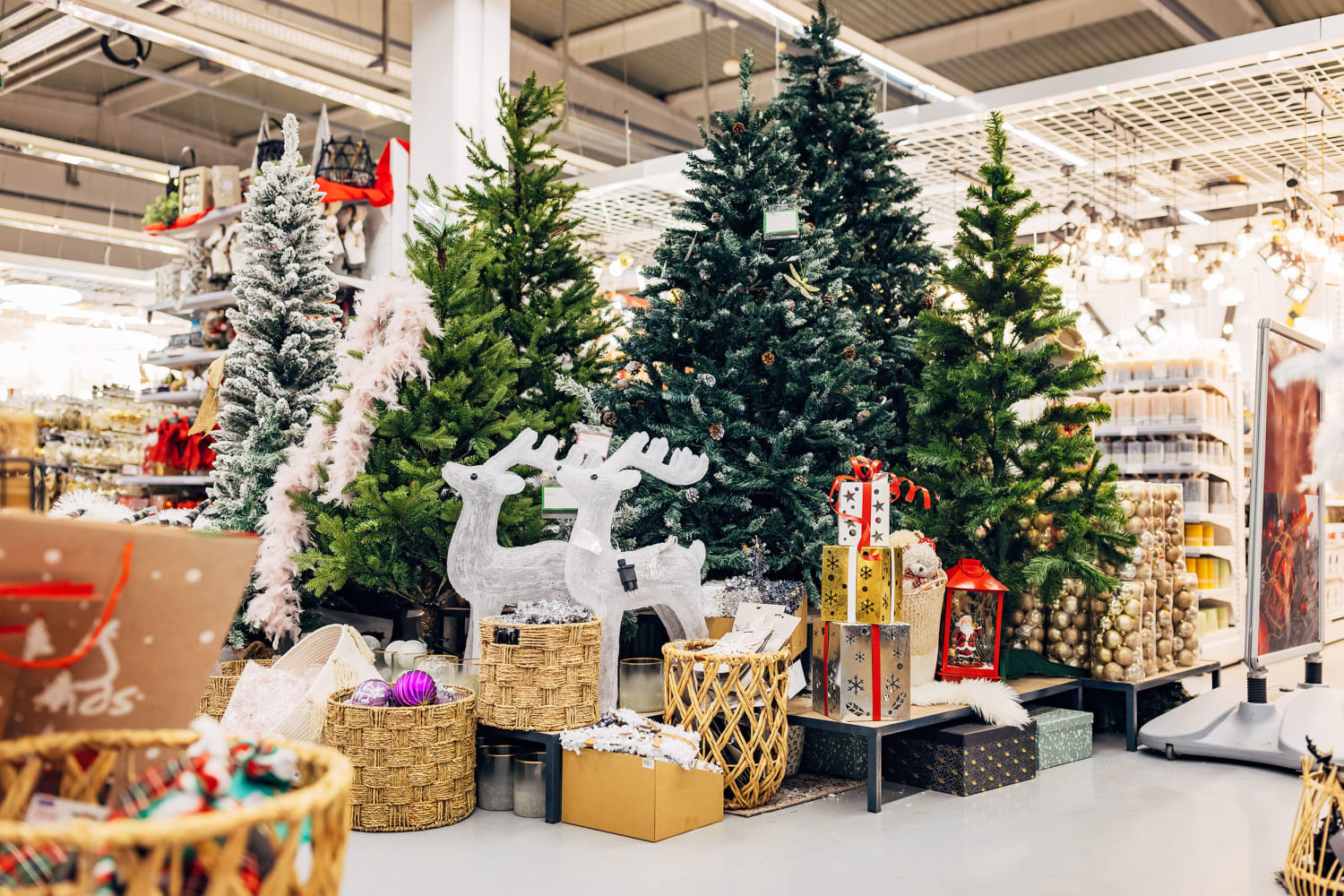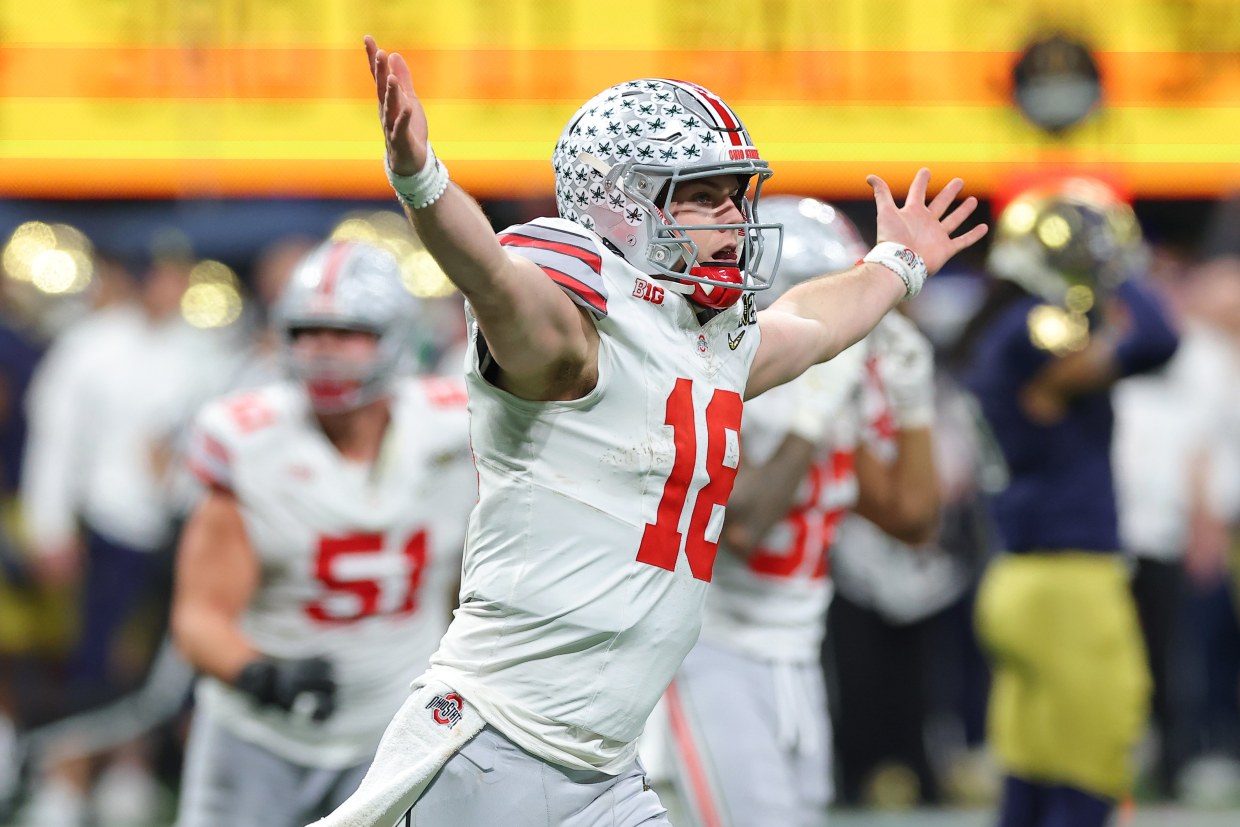This year, the festive spirit might come with a slightly higher price tag, as international trade disputes are pushing up the cost of synthetic Christmas trees and holiday ornaments throughout the United States. Importers and merchants are bracing for a season characterized by increased expenses, restricted availability, and careful consumer expenditures, as tariffs redefine the holiday retail landscape.
Holiday decorations face increasing price concerns
Artificial Christmas trees, a common sight in numerous homes, are projected to be 10% to 20% pricier compared to the previous year. This increase is primarily due to tariffs imposed on imported items, with decorative lighting experiencing the most significant hikes—in certain instances, as much as 63%. Given that most Christmas decorations for the general market have historically been produced abroad, these tariffs have generated widespread consequences across the sector.
Manufacturing such products domestically is not a feasible solution for most companies. The high cost of setting up production facilities, purchasing massive equipment, and training workers would drastically increase retail prices. According to Mac Harman, founder and CEO of Balsam Hill, producing trees in the United States could push the price of an $800 tree to nearly $3,000.
“The equipment needed to produce artificial trees can span the size of a football field,” Harman explained, noting that much of the machinery is fixed and cannot easily be transported. Additionally, prelit trees — the most popular option among consumers — require extensive manual labor to string the lights, a process typically done by hand by skilled workers in Asia.
A worldwide logistics network facing pressure
For decades, countries like Thailand and China have dominated the production of Christmas decorations. Today, around 90% of the world’s mass-market holiday décor originates in China. Yet that dominance has come under pressure as U.S. tariffs on Chinese goods continue to rise.
Anticipating these difficulties, Balsam Hill started to broaden its supply network following the 2016 presidential election, relocating a portion of its manufacturing to different nations. Harman estimates that approximately one-third of the firm’s merchandise currently originates from outside China. Despite these adjustments, tariffs between 20% and 30% have introduced substantial expenses, compelling numerous importers to decrease stock levels to control costs.
The overall supply of artificial trees in the United States is projected to decline by about 15% this year, which could limit choices for shoppers who wait until later in the season. Major retailers like Costco have also scaled back their holiday décor categories, with CEO Ron Vachris acknowledging that the company has “thinned down” its offerings in light of uncertain trade conditions.
Despite these obstacles, the National Retail Federation (NRF) predicts a robust shopping season. Total holiday spending in the U.S. is expected to surpass $1 trillion for the first time, with the average consumer planning to spend approximately $270 on non-gift items such as decorations, wrapping supplies, and greeting cards.
Live trees remain untouched by tariffs
While artificial tree prices continue to climb, live trees are expected to remain unaffected. Most natural Christmas trees sold in the United States are grown domestically, and those imported from Canada are exempt from tariffs under the U.S.-Mexico-Canada trade agreement. This protection comes despite new duties on Canadian lumber entering the country.
Based on information from the Real Christmas Tree Board, a survey revealed that 84% of cultivators do not intend to increase their prices this year. Marsha Gray, the executive director of the board, highlighted the robust standing of live tree growers, noting their substantial stock and thriving harvests. She remarked, “We are among the select industries that can confidently state we are not concerned with tariffs.”
Given that a Christmas tree takes nearly a decade to mature, the live tree supply remains insulated from short-term economic shifts. Gray noted that current stock levels are the strongest seen in over ten years, ensuring that families who prefer the scent and tradition of a real tree will have plenty of options at stable prices.
Festive cheer despite financial instability
Even with tariffs and worldwide supply chain disruptions impacting the cost of artificial trees, consumer attitudes are holding remarkably firm. The NRF anticipates that numerous households will modify their purchasing behaviors instead of completely foregoing purchases, with some choosing more compact trees or fewer ornaments while still preserving the holiday cheer.
Retail specialists have observed that initial purchasing patterns indicate Americans are strategizing in advance to circumvent eleventh-hour scarcities. “Regardless of the obstacles, the holiday period consistently establishes its cadence annually,” stated NRF President Matthew Shay. “Individuals set aside funds for it, organize for it, and deem it a paramount concern.”
In conclusion, although tariffs might slightly increase the cost of Christmas for individuals who favor the ease of an artificial tree, the lasting charm of festive customs persistently prevails. Regardless of whether it’s the gentle radiance of fairy lights or the crisp aroma of pine, households nationwide are getting ready to commemorate – demonstrating that even financial obstacles cannot diminish the holiday cheer.



:max_bytes(150000):strip_icc()/Marshawn-Kneeland-110625-1-1e052bd2ba4143c2b4eee7255d45a2d7.jpg)